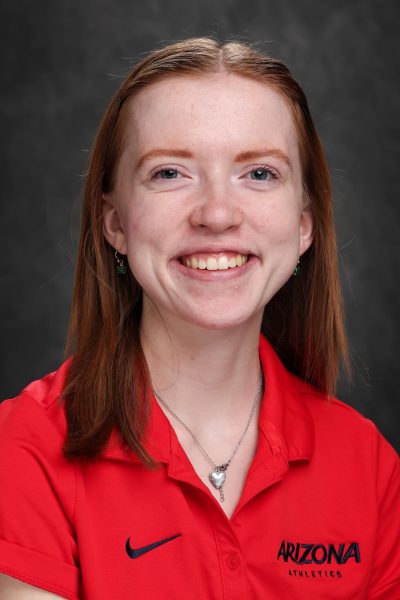With the help of a $10 million grant from the Environmental Protection Agency, researchers at the University of Arizona are working to respond to pressing issues of environmental justice.
The EPA recently bestowed the Western Environmental Science Technical Assistance Center for Environmental Justice with $10 million in funding. This grant will support environmental justice projects being led by researchers at the UA and other community leaders and professionals across the country. These projects listen and adapt to the specific needs of diverse communities and address the barriers to a healthy environment that many marginalized groups face.
The WEST EJ Center was developed by a team of UA public health researchers, led by Paloma Beamer, PhD, professor in the Mel and Enid Zuckerman College of Public Health at the UA Health Sciences.
The Center will aid environmental and energy justice projects throughout EPA Region 9, which includes Arizona, California, Nevada, Hawaii, the US Pacific Islands and 148 tribal nations. Supported by this EPA funding, the center will serve as the “hub” for projects in these areas, and will work with partners throughout the region, according to Nathan Lothrop, an associate research professor and project manager in the Department of Community, Environment and Policy at the Mel and Enid Zuckerman College of Public Health.
Several of these partners include USC, the Public Health Institute, which is a nonprofit that serves California, the University of Nevada-Reno and the Hawaii Public Health Institute. Working with its regional partners, the Center will tailor its services and resources to the specific needs of each community.
“We work with our partners who have boots on the ground in those places, and they would reach out to their communities and community members and say ‘what do you need help with, what do you want to be doing to further environmental or energy justice,’ and then they would work with them to get the resources and the help that they would require,” Lothrop said. “It’s really more of a ground-up approach to getting not just funding but also technical assistance to people who need it most.”
The Center is focused on connecting existing networks through a centralized hub, and providing funding to pre-existing groups that have been working within these communities and on these justice projects for long periods of time. As Lothrop mentioned, a priority of this assistance is serving overlooked and overburdened communities through these environmental justice projects. The focus on these communities reflects the awareness of and desire to support certain groups that are more heavily impacted by environmental issues.
In recent months, extreme heat has become a problem central to public conversations about the environment, as Arizona and other regions across the country have broken heat records. While the issue of extreme heat is affecting all inhabitants in the greater Southwest and locally in Tucson, the impact of these rising temperatures disproportionately falls on marginalized communities; according to an article published in the International Journal of Justice and Sustainability, “health impacts from excessive heat are closely related to the accessibility and affordability of household energy for low-income communities. Harlan et al. (2013) studied how neighbourhood characteristics influenced heat exposure deaths from 2000 to 2008 in Maricopa County, Arizona and found higher probabilities of death for lower income, older, non-white populations living in less vegetated locations, especially in the inner city of Phoenix.”
With issues like heat exposure, energy insecurity and more impacting these groups, the ground-up model that the Center prioritizes plays a significant role in how resources and assistance are allocated to various communities across Arizona and Region 9 as a whole.
“This allows for a lot of two-way communication, so people can not only better tell us what they want help with but we can also get them the help that they need more effectively,” Lothrop said. “The partners are already doing this work, it’s just now we’re developing this partnership and network to bring those resources together and it allows us to better share resources across this much wider area than we could before.”
The funding from the EPA grant will last the Center five years, at which point it will likely have to find external funding to continue its services, according to Lothrop.
“Usually that’s how these kinds of centers have operated, in the past […] usually they have worked through external funding. The Southwest Environmental Health Sciences Center, they do kind of similar work to this, and they’ve been externally funded for going on thirty years. A lot of this will be determined by the political climate in the future, which is impossible to predict, but I would imagine that we will have to compete for additional grant funding, whatever that may be from,” Lothrop said.
Having recently received this funding from the EPA, the Center is just now getting off the ground, and Lothrop said that they hope to launch sometime in September. Currently, the Center is hiring and forming a marketing and outreach team, but Lothrop noted that in the near future, the Center will work to engage students through social media and listservs.
Those interested will also be able to keep up with the Center’s progress through a variety of means.
“We in MEZCOPH will be putting out press releases when notable things come up. In addition to that, we’ll also have a website going at which point we will regularly post updates, but also as part of the grant we have to essentially make progress reports, so how are we doing with the goals that we set,” Lothrop said.
















